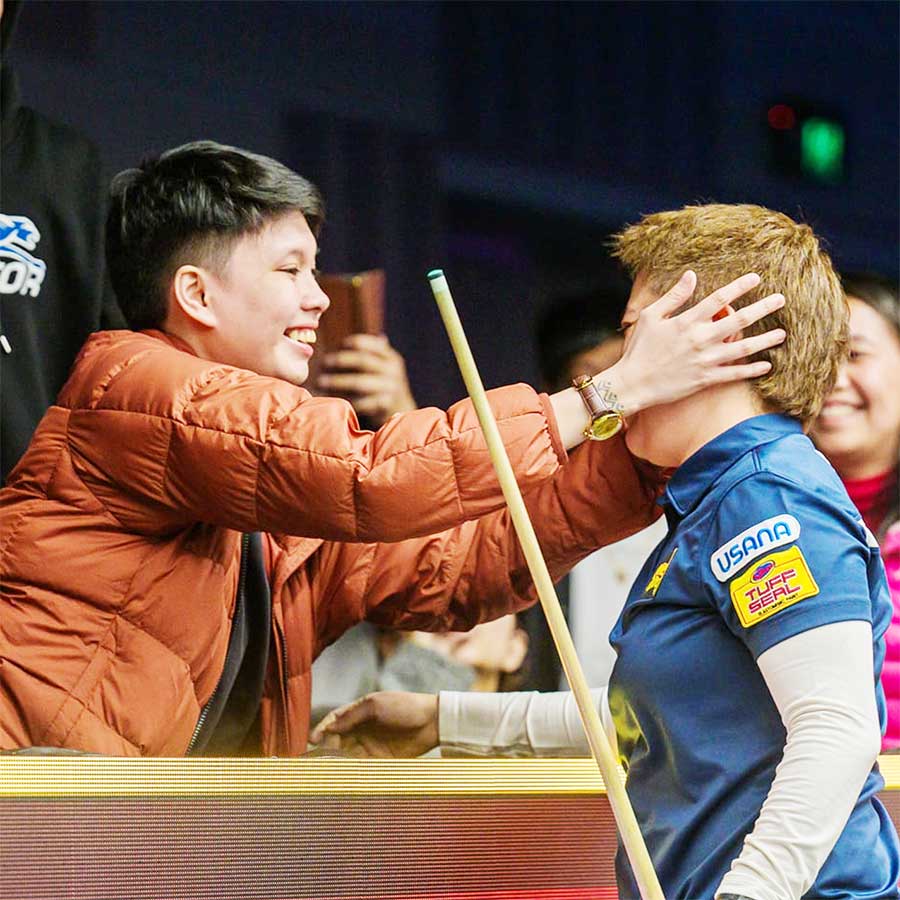PARIS. – Wheelchair thrower Cendy Asusano and para swimmer Angel Mae Otom could be the next vanguards of the national para squad in major international play.
Asusano, 34, and Otom, 21, were the outstanding performers of the lean and mean Philippine para team that saw action in the 17th Paralympic Games which concluded on a festive note at the Stade de France on Sunday.
Making her debut in the quadrennial elite meet, Asusano emerged as a pleasant surprise on the penultimate day of the Games, hurling the javelin to a personal best of 15.05 on her first attempt for fourth place at the Stade de France.
The proud Pasig resident fell just one rung short of a podium finish and ending the country’s eight-year dry spell in the games since the late table tennis player Josephine Medina won a bronze medal in the 2016 Rio edition.
A double gold medalist in last year’s Cambodia ASEAN Para Games, Asusano’s impressive heave was 42 centimeters better — an eye-popping equivalent of 16.535 inches — than her previous best of 14.63 meters when she also finished fourth in the World Para Championships last May in Kobe, Japan.
“Ang feeling ko parang naka-gold na ako dahil first time ko ma-surpass ‘yung 15 meters,” she saidof her remarkable feat. “Sabi ni coach Bernard Ebuen ibuga ko na ng todo sa first throw pa lang at ‘yan po ang naging resulta.
“Sayang, naka-podium sana pero nandiyan ‘yung Iranian,” said Ebuen, referring to Elham Salehi, who took the bronze with a throw of 16.24 meters. “May iba pang pagkakataon pa naman. Patuloy na nag-iimprove siya.”
Until Asusano’s penultimate-day heroics, it seemed like para swimmer Otom, also making her maiden outing in the Games, would be the star for the Philippine after reaching her second finals event in three days, clocking a new personal best of 45.78 seconds in placing fifth in the women’s 50-meter butterfly S5 race.
She surpassed her previous personal best of 47.52 seconds in the World Para Championships last year in Manchester, England, becoming the first Filipino para swimmer to enter the finals in both her events.
The 21-year-old armless swimming wonder from Olongapo City, Zambales had also advanced to the finals of the women’s 50-meter backstroke S5 race, finishing sixth, keeping pace with the daunting Chinese trio led by defending champion Lu Dong until the last 15 meters.
Long the pillars of the PH para team in international play, wheelchair racer Jerrold Mangliwan and para swimmer Ernie Gawilan likewise reached the finals of the 400-meter T52 and 400-meter freestyle events, respectively.
Unable to get a firm grip on his wheelchair in rainy conditions, Mangliwan finished eighth among the finalists at 1:04.55 while Gawilan was sixth anew in his forte in 5:03.18.
One-armed taekwondo jin Allan Ganapin acquitted himself well on the Paralympic Games stage, whipping Afghan Hassansada Hadi 22-13 of the Refugee Paralympic Team in the opening round of the men’s K44 men’s 80-kilogram division.
But Ganapin, who missed the Tokyo edition in 2021 due to COVID-19, dropped a close 9-12 decision to World Cup champion Abulfaz Aburzali of Azerbaijan in the round of 16.
Fellow newcomer Agustina Bantiloc, the country’s first representative in para archery, lost in the round of 16 to Brazilian Karla Jogel 127-143 to wrap up the Philippine bid.
Gawilan, Mangliwan, Otom and Asusano reached the medal stage of their respective events. Three years ago, neither Gawilan nor Gary Bejino, the other para swimmer in the Tokyo Summer Paralympics, advanced to the finals while Mangliwan was a non-factor in his pet event, being disqualified for crossing into the wrong lane.
So snapping the Philippine dry spell for a medal in the Paralympic Games will have to wait another four years until the 2028 edition in Los Angeles comes along.
While encouraged by the improvement in their performance, Philippine Paralympic Committee president Mike Barredo stressed that much is needed to be done to enhance the competitiveness of the Pinoy para athletes in overseas competitions.
“For us, it was back to basics since there was a void (in development) from 2019 to 2023,” Barredo pointed out.
He admired the programs for para athletes of regional neighbors Thailand and Singapore, “which have been ongoing since the nineties. They also have fast track systems with the help of their respective governments.”
Barredo cited the need to develop team sports like sitting volleyball, wheelchair basketball, and goalball plus other disciplines such as rowing, badminton and judo.
“We need to have more para tournaments in all of these sports and expand our grassroots with the help of the Philippines Sports Commission, especially now that they will have more funds coming in the work of the Supreme Court decision restoring the incomes of the PSC from the Philippine Amusement and Gaming Corp. and Philippine Charity Sweepstakes Office,” he said.





